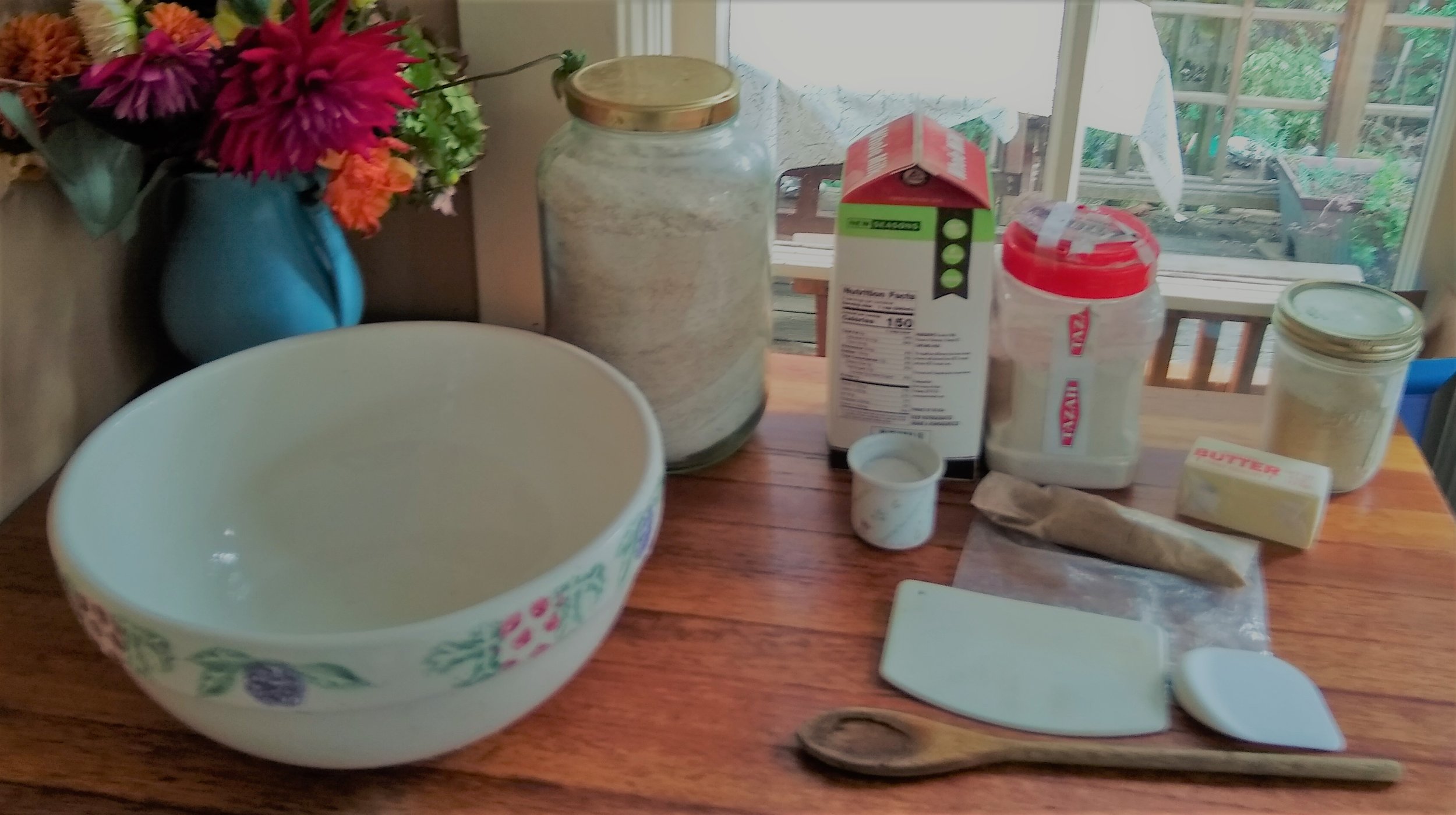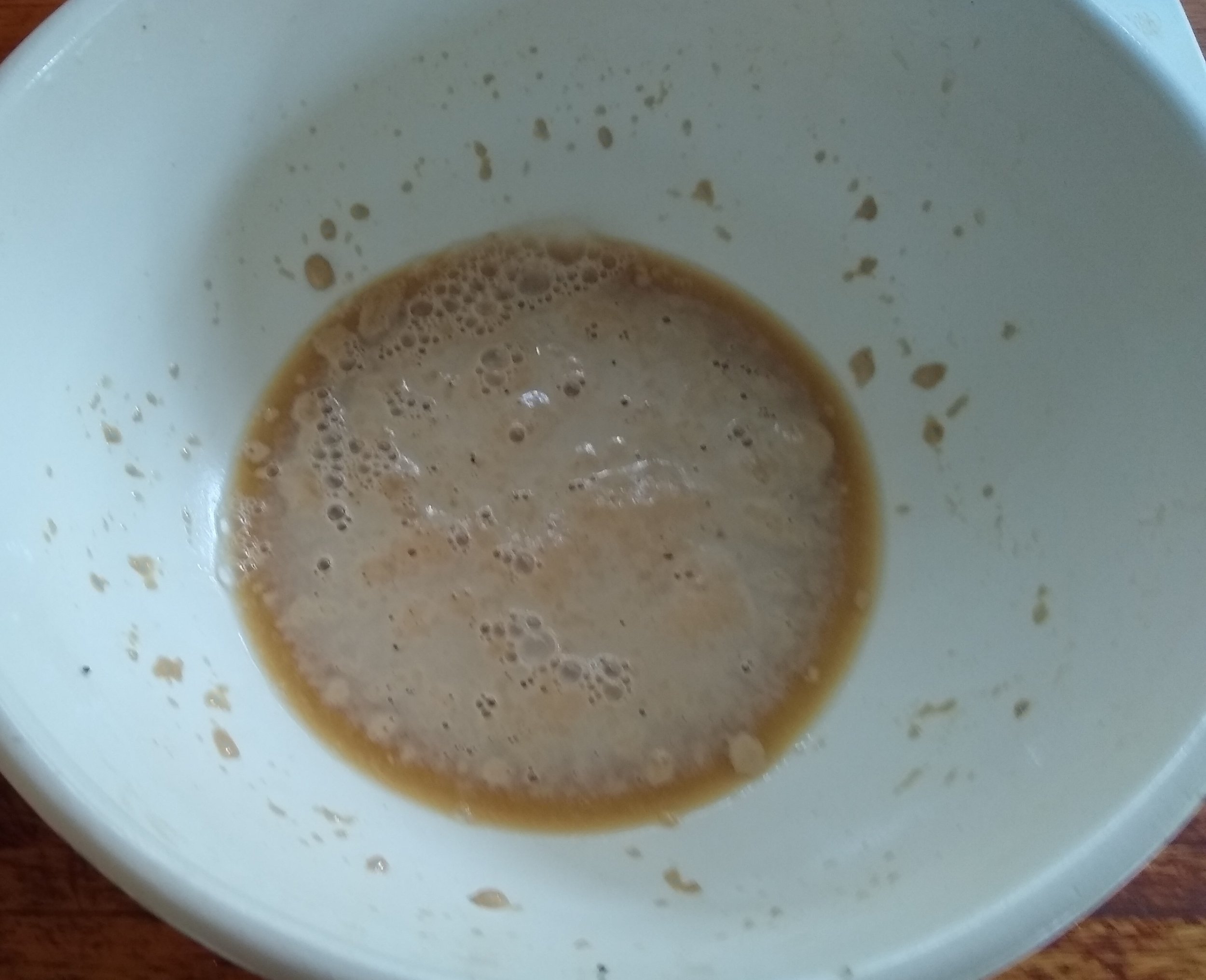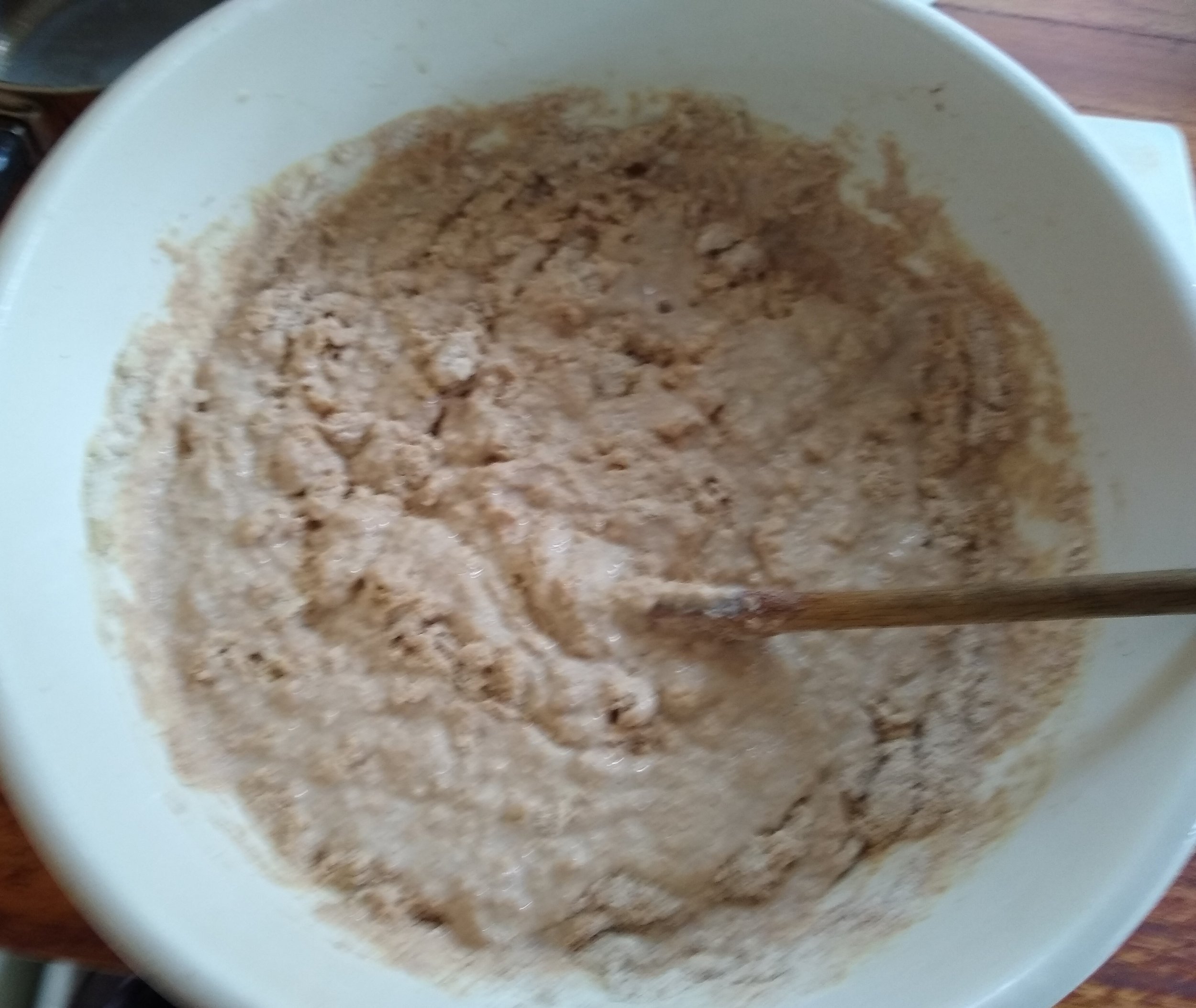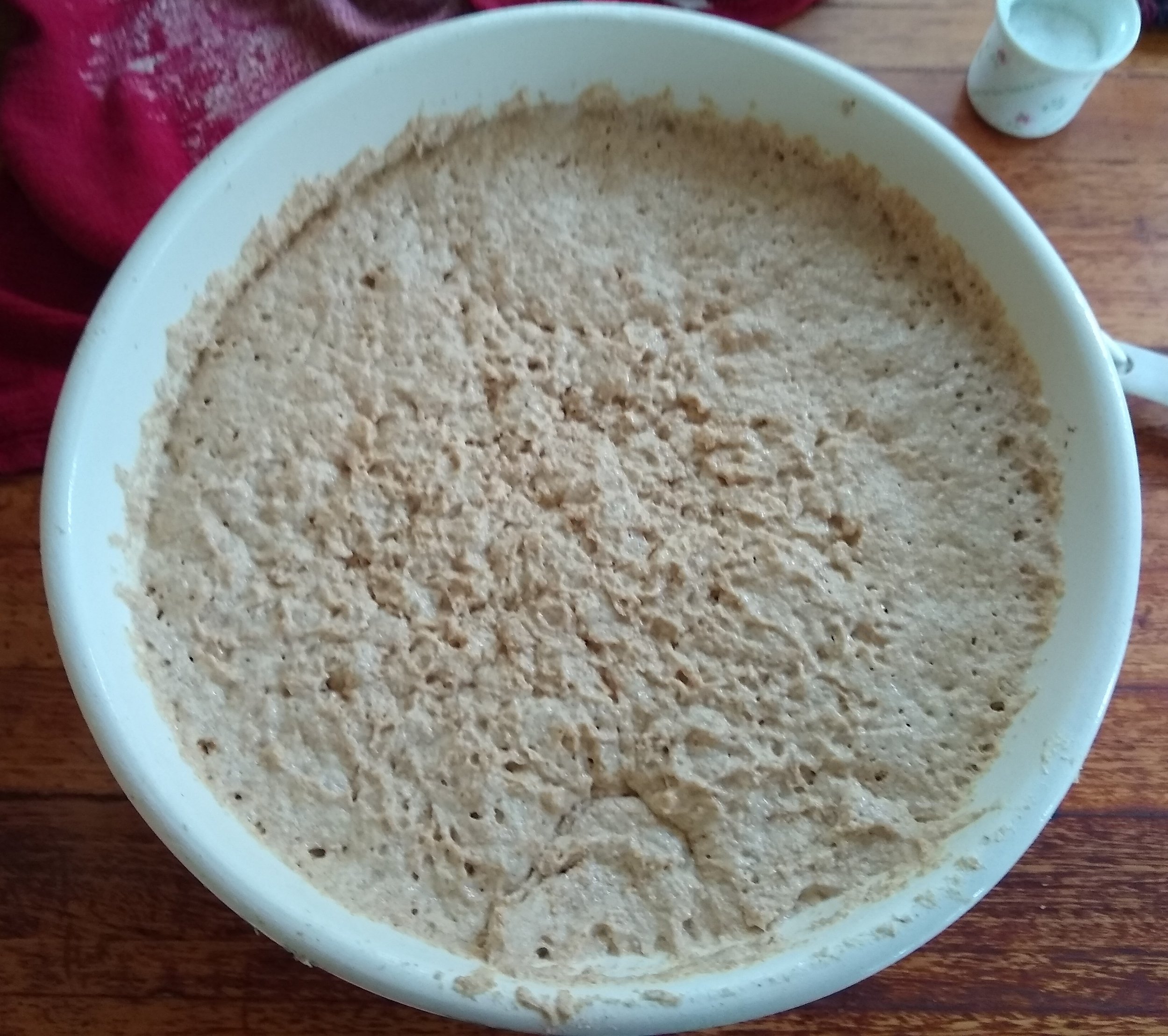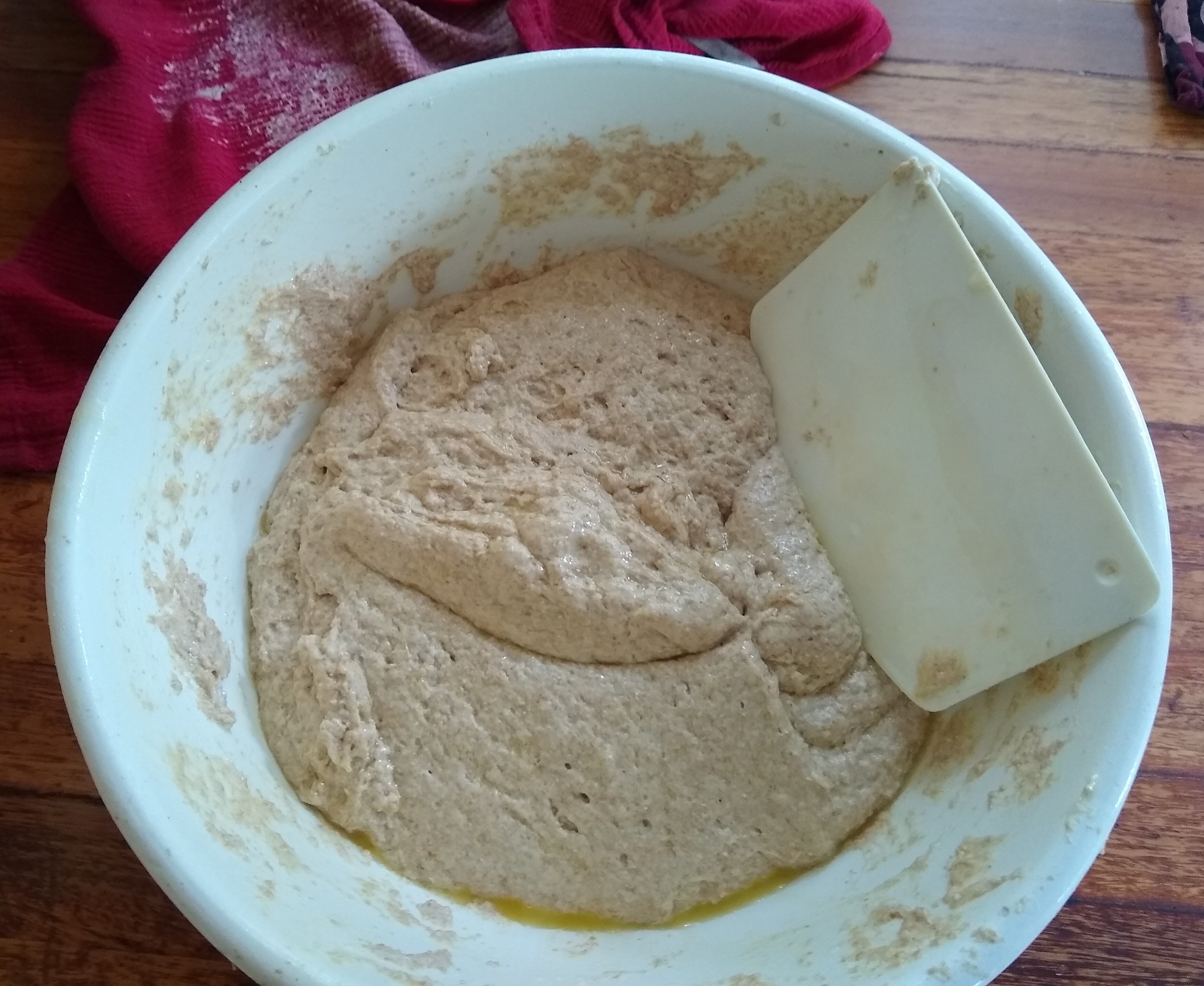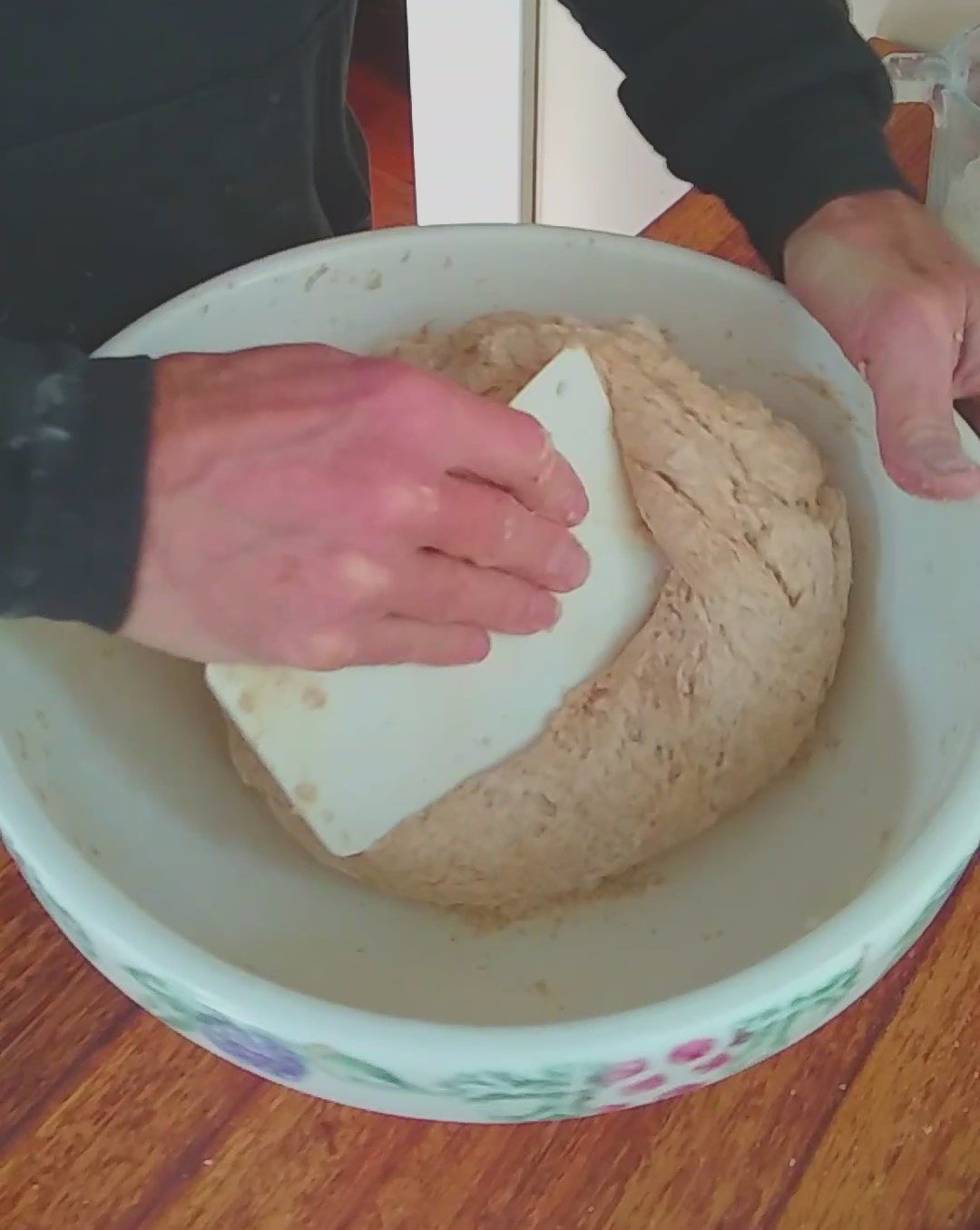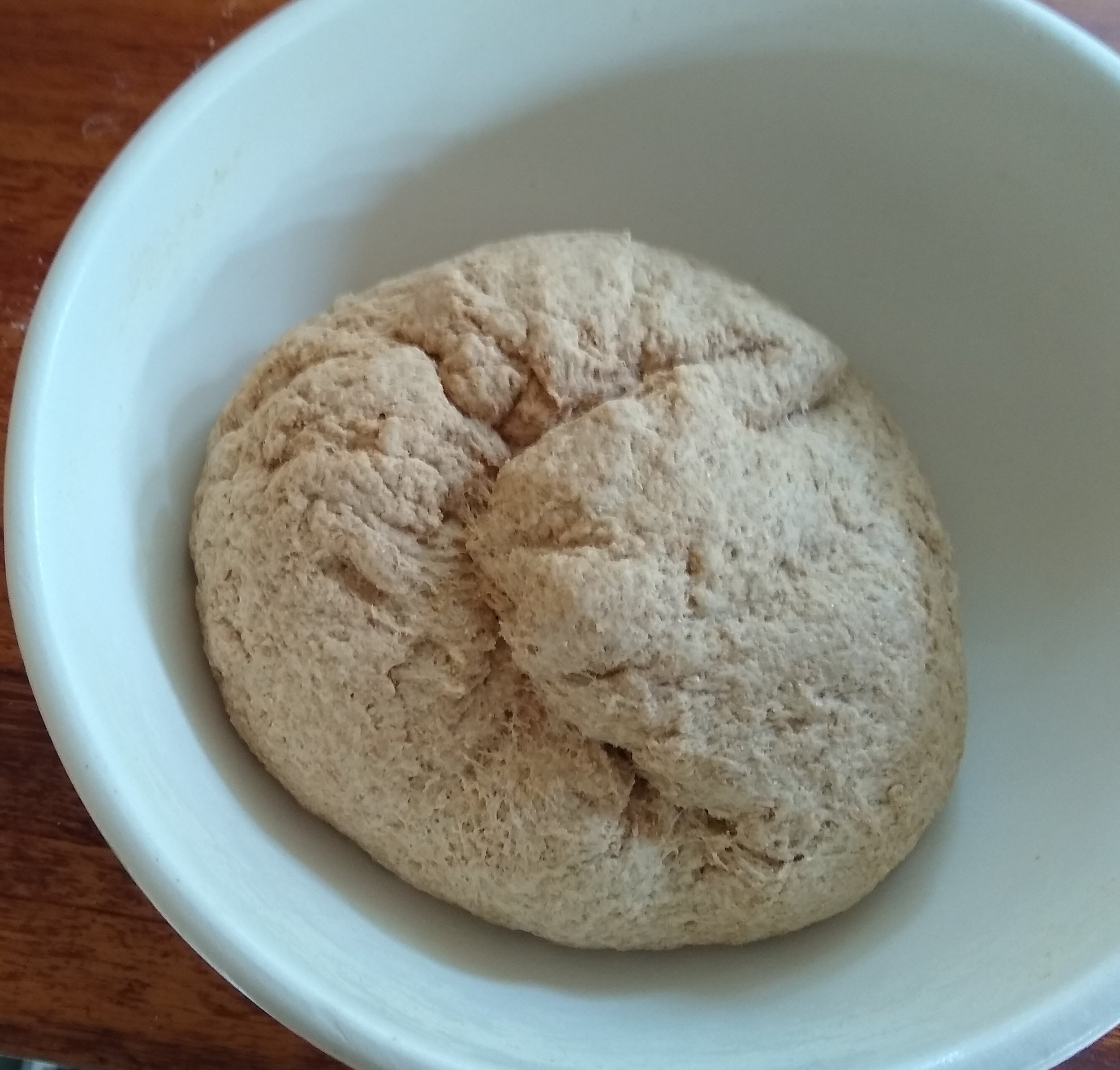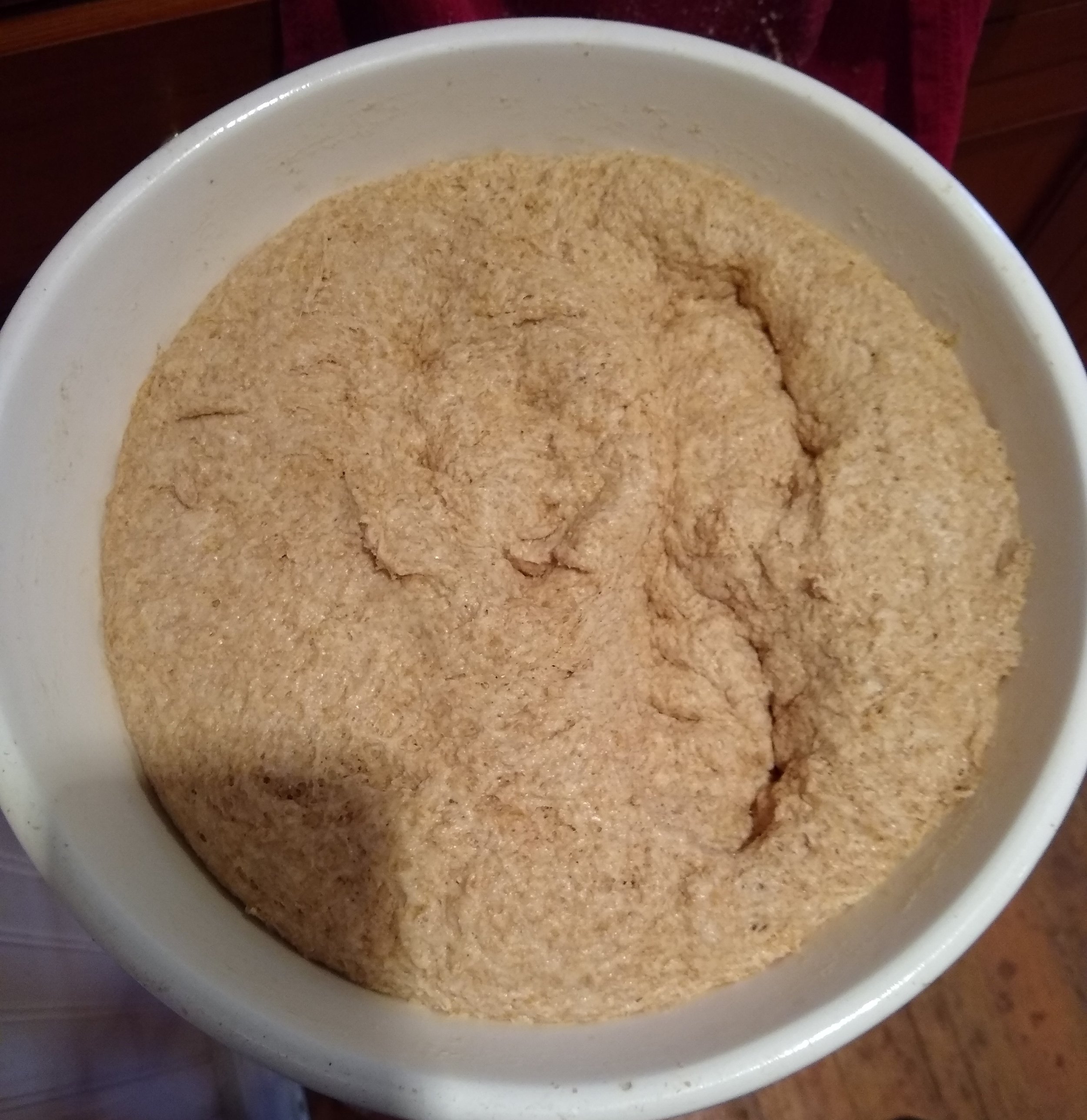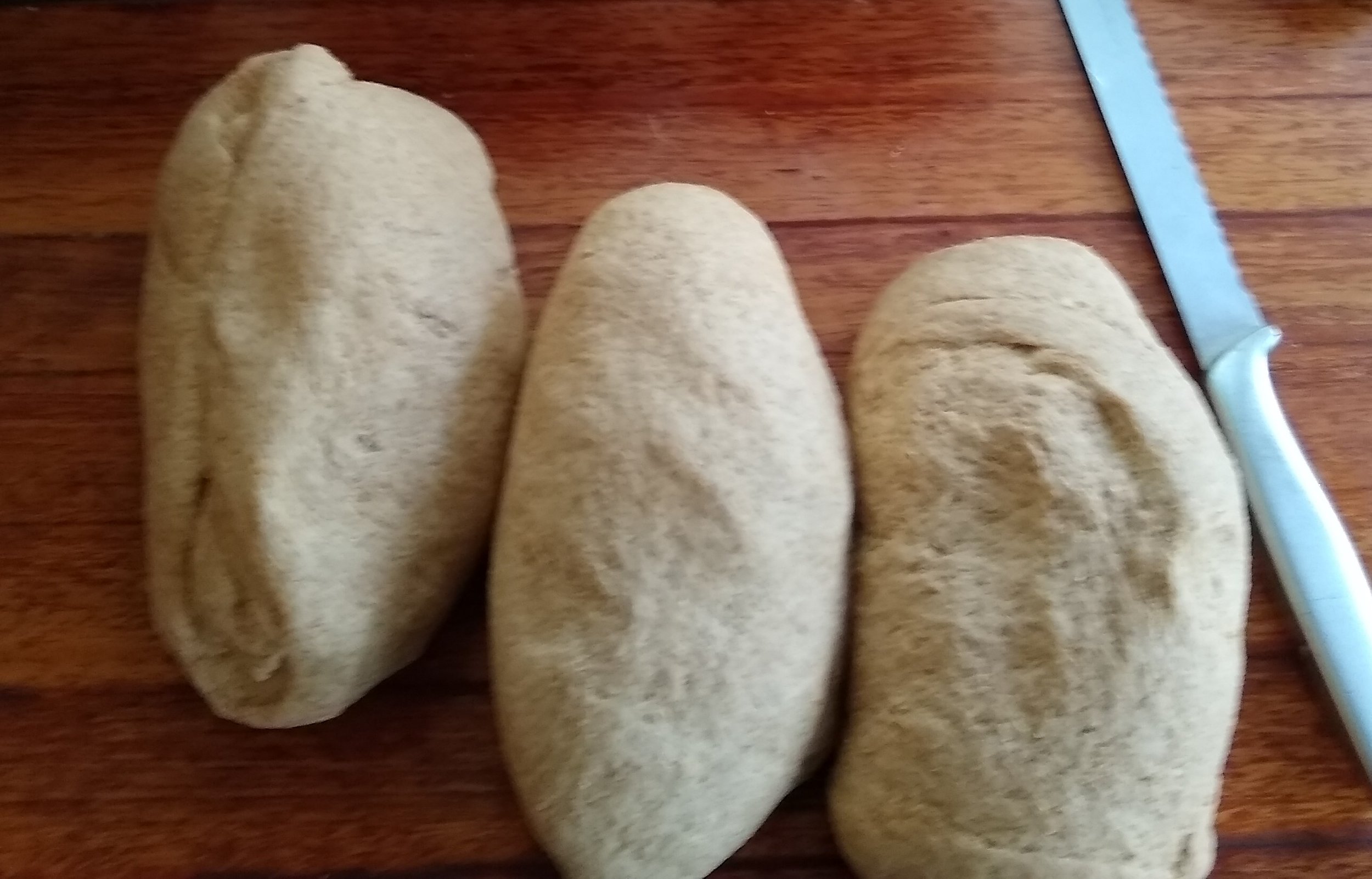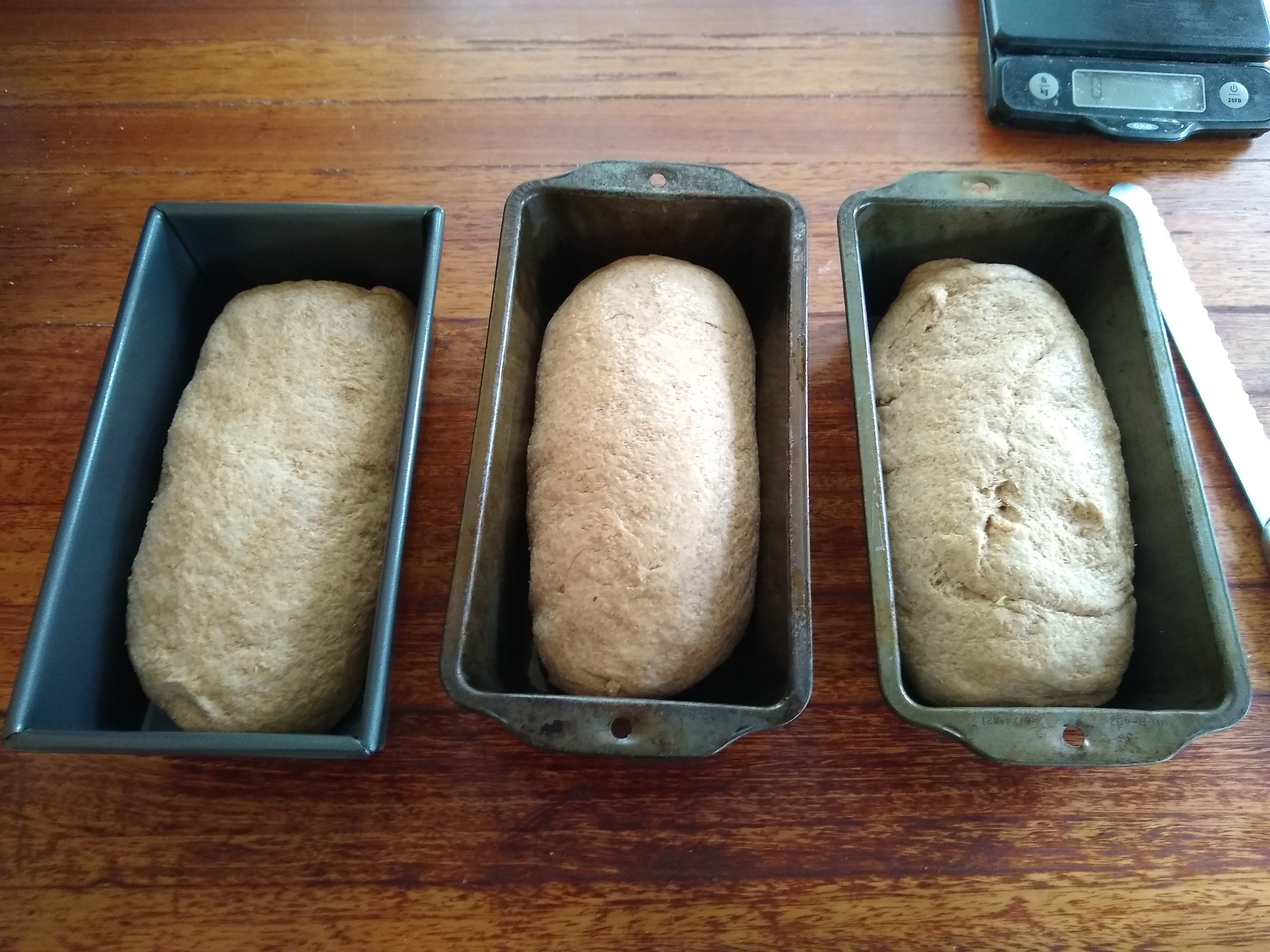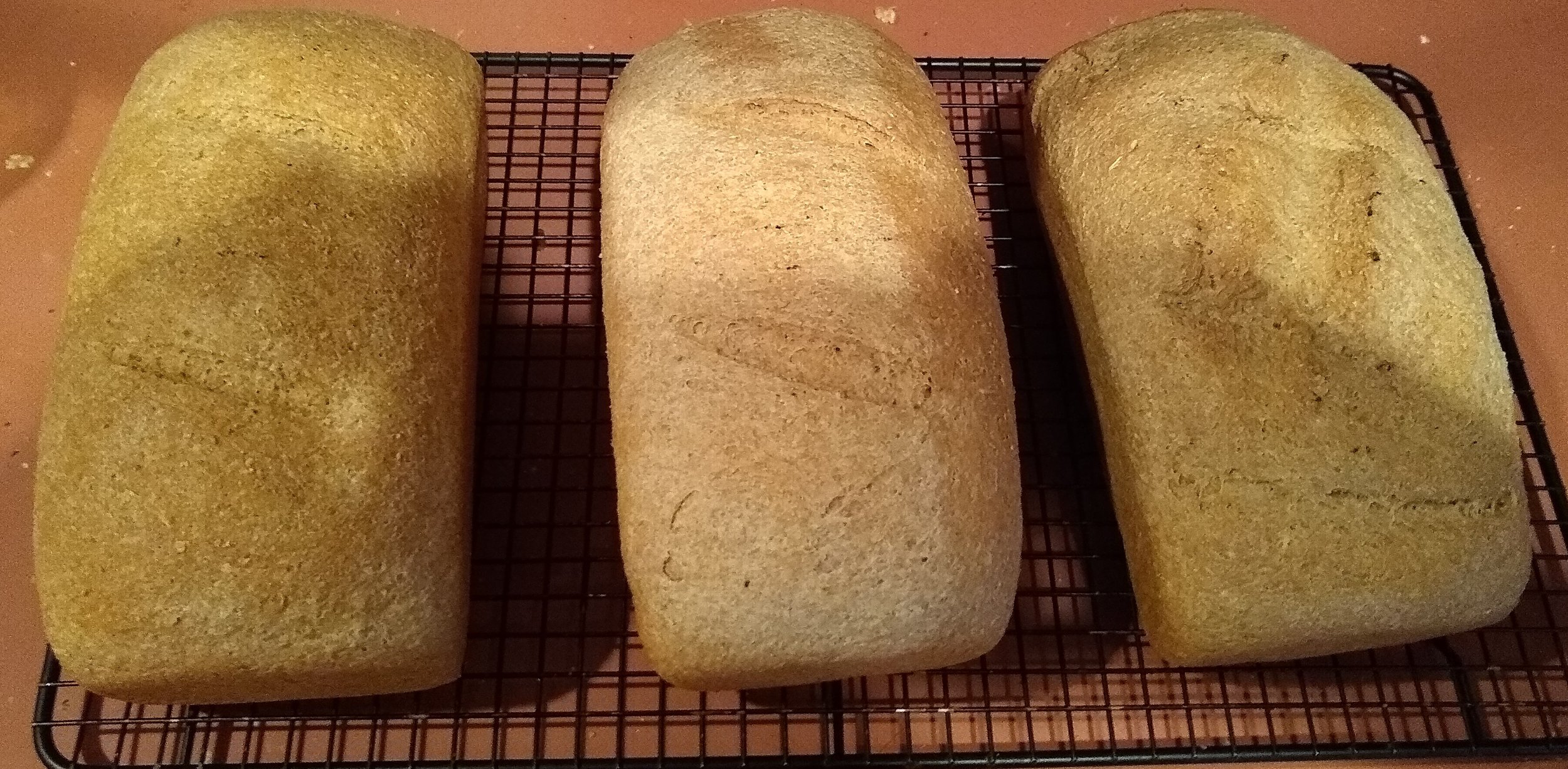Let us take a moment to reflect on all the amazing and delicious meals members prepared with their shares last month!
Asian pork lettuce wraps from Katia
I ATE and it was GREAT - recipe inspiration from the members
Alex cooked up some pulled pork.
Leslie made hamburgers.
Helen was away in England for most of the month and is looking forward to getting back in the kitchen.
Linda said, “I threw together a stir fry with hamburger, tofu, onions and broccoli. Inadvertently used the Worcestershire sauce I was making as a marinade! but it it was great.”
Jaleh made “a simple grilled steak with friends from out of town with big salad from our garden and grilled peaches for dessert. Finally felt like summer!”
Corrie loves steak tacos “So good!”.
Rachel made “Simple grilled lamb chops and steak! Just salt and pepper was all it took...”
Cody made carnitas with a pork shoulder roast.
Amelia threw together “simple steaks on the grill with grilled asparagus and roasted beets. I love getting to use our grill in the summer.”
Taylor savored “pork chops that weren’t dry!”
Kari cooked up some jerk chicken.
Vikki made campfire grilled lamb chops with rosemary garlic butter.
Summer enjoyed some New York steaks with blue Maui salt and crispy potatoes.
Glenn appreciated a quick pasta salad with chicken and garden veggies.
Jerry savored a perfectly grilled chicken.
CJ whipped up a chicken and white bean Mexican soup - “So easy, so good!”
Sara made lamb shanks with mustard and mint.
Jen crafted some Cuban-style mojo pork from a pork shoulder roast.
Kelly served up a carnitas burrito bowl.
Rachel made Chinese BBQ lettuce wraps.
Dzmitry crafted a quick stirfry with shaved frozen steak.
Kyle made marinated chicken tacos.
Molly prepped a beef chuck roast turned carnitas for tacos!
Ashley made a memorable roast chicken.
Katie made pulled pork in the instapot! It was so flavorful and yummy and perfect to pack for a quick easy dinner camping. “I use a dry rub on the roast and then a 1/4 cup apple cider vinegar and 3/4 cup of water in the insta and it is just magical over a large bed of cabbage slaw!”
Jessica served up beef asada strips for tacos, marinated in a spicy orange mix!
David was all about the burgers, burgers, burgers!
Marielle cooked up a whole roast chicken on the grill.
Emily made hot dogs with homemade sourdough buns and homemade date sweetened ketchup.
Jamie savored a Japanese style beef stew with kale, carrots, onions, celery, Japanese sweet potatoes, white wine, and mirin.
Lauren made burgers that hit the spot!
Bronwen served up spaghetti with pork meatballs.
Jerrett made carne asada tacos.
Tyler enjoyed some smoked pulled pork sandwiches w/ Carolina BBQ sauce & cabbage slaw
Elena made a whole slow cooker chicken.
Liz served up some nachos with pulled pork - “a staple around here!”
Toni prepared salted New York steak with sugared strawberries. Also, egg cups with country sausage & cheese :)
And Kate made the all-time summer favorite - burgers!



